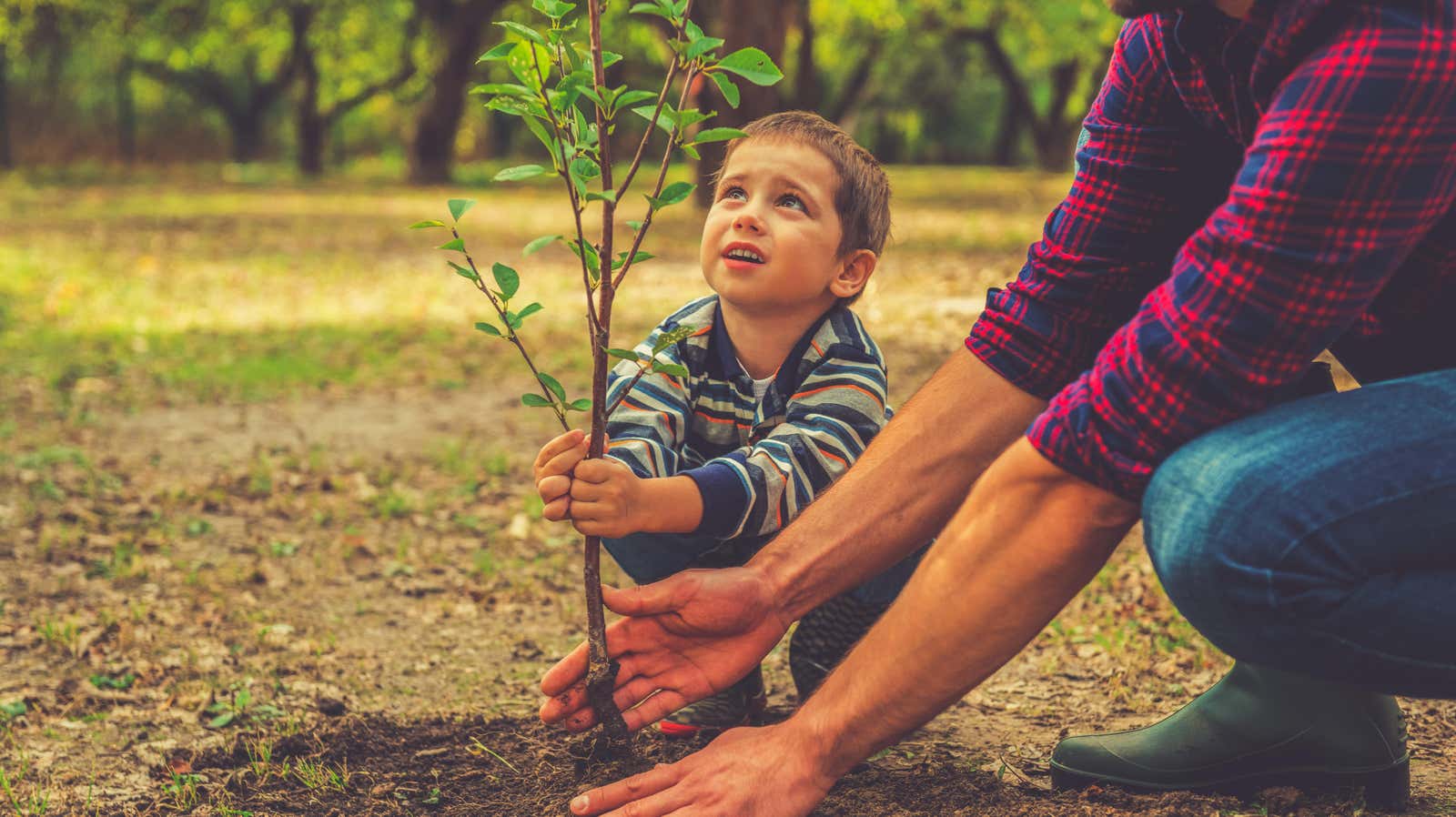You Can Claim a Free Tree for Your Yard

Planting a tree in your yard has many benefits, from protecting your home from the sun (and thus lowering your energy bills ) to adding value to your property . Trees can be expensive though, so I’m sure you don’t mind getting them for free.
Because trees not only benefit you, but also beautify your neighborhood and help fight the effects of climate change , some communities and utilities around the country are partnering with Community Canopy and Energy-Saving Trees to provide free trees to homeowners. Here’s how to find out if you qualify.
How does the Community Canopy and Energy Efficient Trees program work?
Visit the Community Canopy and Energy-Saving Trees website and enter your address to see if your home is eligible for the program. If not, you can click “contact a community” to ask your local utility company to partner with Community Canopy to sponsor free or discounted trees in your area. (Tell them that this will help build climate resilience, increase energy efficiency, and provide other valuable benefits to society.)
If your address is eligible, this local news video from Edmond, Oklahoma will show you what to expect from the program.
In short, after choosing the type of tree you would like to see, you will be shown a satellite view of your house, which will indicate where the tree can be planted with the greatest benefit. (This is done with a tool that “calculates where specifically and strategically to plant trees for the greatest energy and money savings,” according to the program’s website .) The site claims that planting a tree at that location can reduce energy use. bills, providing shade, reducing the urban heat island effect, and lowering your home’s energy consumption.
What to expect from the program after qualification
Once you qualify and choose where to plant your new tree, it will be mailed to you. You can expect to get a tree from one to three feet tall. The arrival window will depend on which zone your city is in on this map .
Watch this video from a California utility company on what to expect when your tree arrives and how to properly plant it:
If you have additional questions about the program in general, check out the FAQ section of their website .
What you need to know about planting a tree near the house?
Planting a tree near your home can lower your energy bills, but there are many other social, utility, environmental, and economic benefits. Trees help improve air quality, reduce storm runoff, beautify your neighborhood, add value to your property, reduce the urban heat island effect, and reduce your carbon footprint.
However, you should also be aware of the risks that tree planting can bring. Never plant trees under or near power lines . Utilities set rules that dictate how far and where you should plant trees, depending on the species, to avoid future problems with power lines (and the headache of having city contractors cut down your tree to reduce the risk of fires, like this ).
Other risks you should be aware of are environmental factors that can affect your tree and therefore your home. Trees, like people, can get sick and die, and a dead or decaying tree can be dangerous to you and your home as it can fall over. Take this into account when choosing the type of tree you want to plant and when deciding where to plant it.
The best place to avoid most tree disasters, whether with utilities or falling trees hitting your home, is to choose a species that grows 20 to 25 feet tall. Check out the California Utility Company’s list of recommended smaller trees (list starts on page eight).